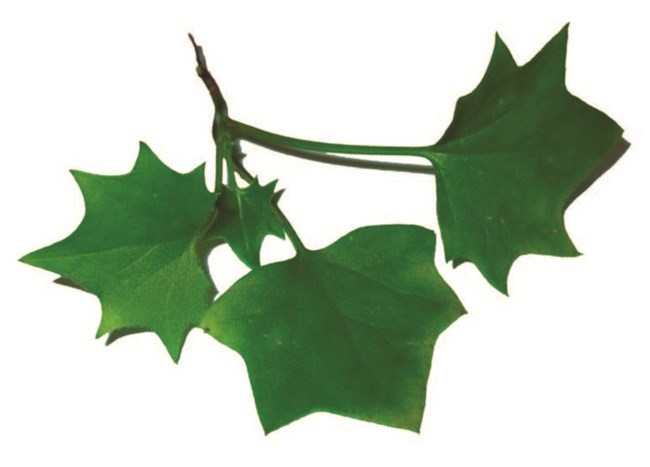Last updated: August 2, 2017
Article
Cape Ivy Removal Beginning in Lower Rodeo Valley

July 2017 - The Golden Gate National Recreation Area’s Natural Resources Vegetation Program and the Golden Gate National Parks Conservancy’s Projects Department are initiating a collaborative project to remove a highly invasive plant, cape ivy, from the Lower Rodeo Valley. Cape ivy is a vine native to the mountains of South Africa that was initially brought to the US as a houseplant. Though its yellow flowers are attractive, it is one of the worst invasive plants in coastal California. It grows quickly in moist soils, forming thick mats that block light, smother native plants, and drive out native wildlife.
Removing this plant from Lower Rodeo Valley will restore sensitive riparian habitat so that the area can once again support wetland species including the threatened California red legged frog and the endangered marsh sandwort. Starting July 31 and continuing through the month of August, contract crews will be working in the wetland adjacent to the Rodeo Beach parking lot. Contacy Danny Franco with any questions.

NPS
